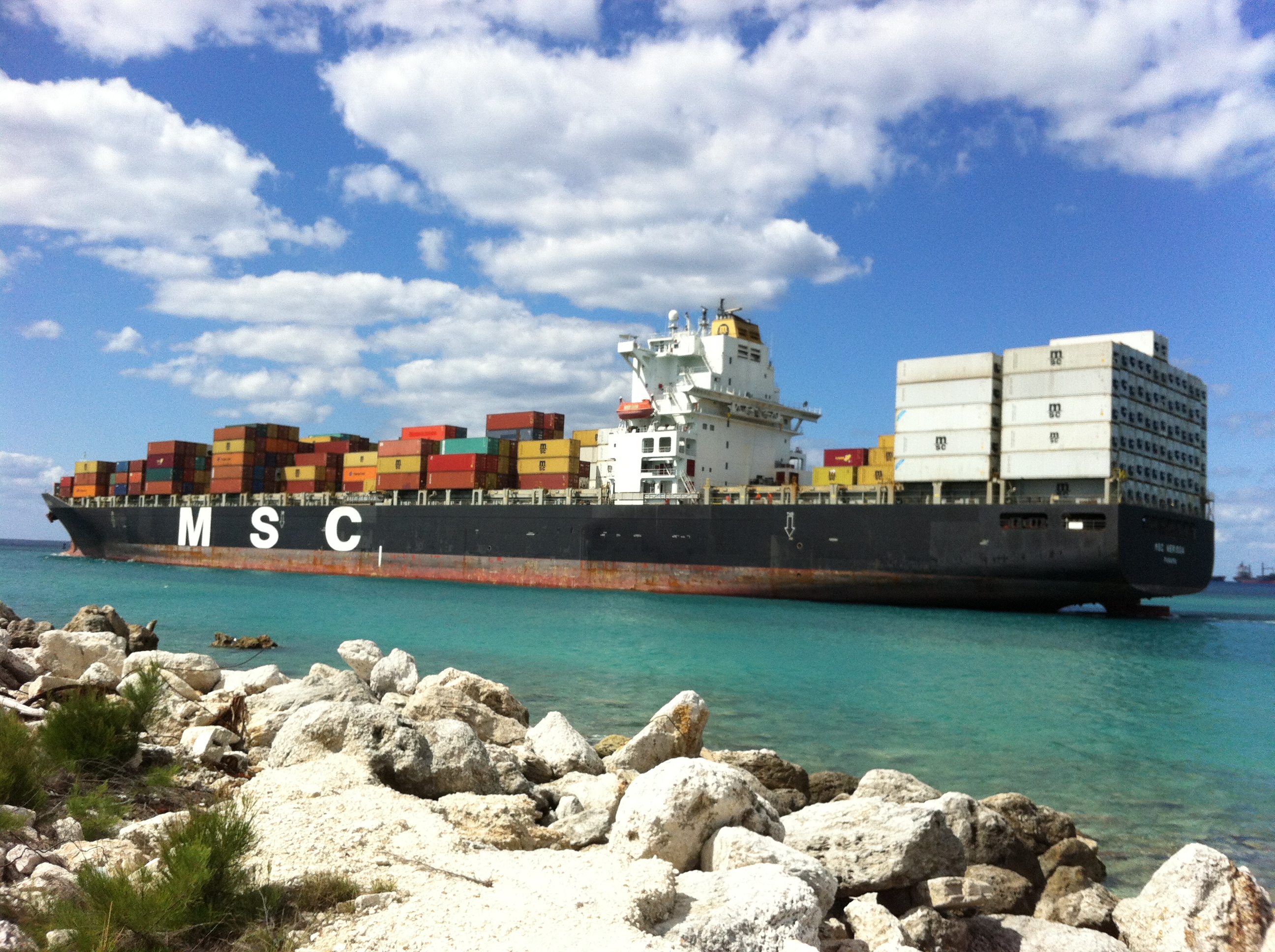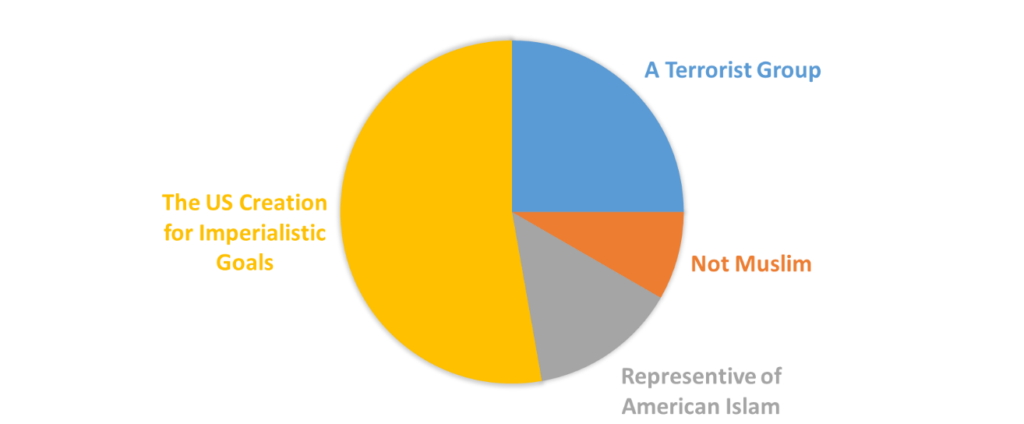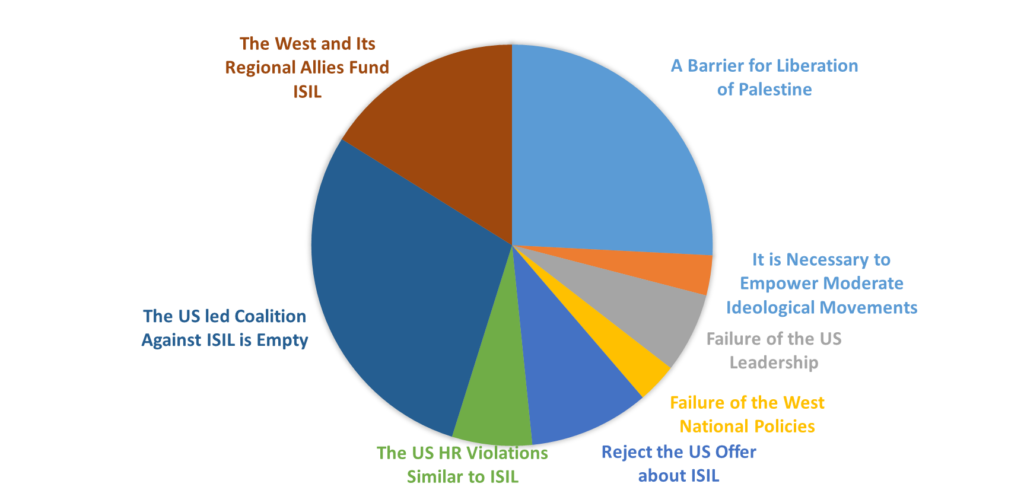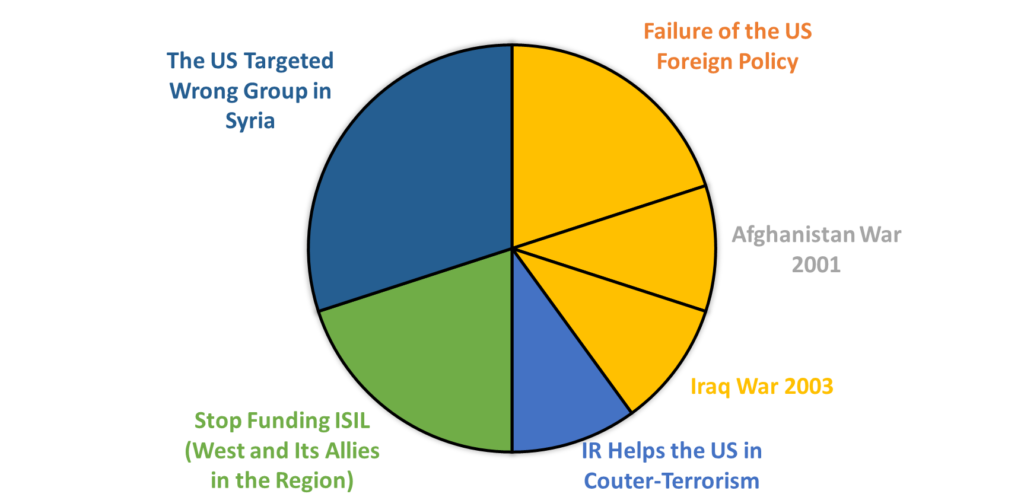Colleagues: This is the final report of the four presentations from our last Forum on “Combating Radical Islam”. In addition to the talk by Steve Metcalf and the commentary by General Martin Brandtner, we were pleased to have two presentations by younger scholars; the first by Rex Barton and this by Eliot Assoudeh, which we are sure you will find fascinating.
ISIL: A View from Tehran
- By Eliot Assoudeh
Iran’s Supreme Leader, Ayatollah Ali Khamenei, perceives ISIL (DAESH) as a key actor of the Takfiri movement in the Middle Eastern region. The Takfiri movement is associated with the Sunni branch of Islam, which identifies other Muslims (or adherents of other Abrahamic faiths) as apostate. The elite members of the Islamic Republic identify the self-proclaimed “Islamic State of Iraq and Levant (ISIL)” as a critical player in a growing Takfiri movement that has surfaced from the 2011 outbreak of the civil war in Syria.
Khamenei’s perception of Takfiri, however, is much more complex. On various occasions, Khamenei has addressed the growing danger of ISIL for Islam in general, and for Shia communities in particular.
Khamenei characterizes the Takfiri movement as out of step with a modern understanding of Islamic knowledge, and notes that the group receives support from the CIA and Mossad. In return, this movement serves global imperialism in a variety of aspects. From day one, the Islamic Republic proclaimed that its revolution was the harbinger of an Islamic awareness movement across the globe, and sacralised the revolution of 1979 as the event that links Imam Hussein’s (Third Shia Imam) insurrection in Karbala to the global revolution of Mahdi, the Twelfth Imam and the savior.
Khamenei believes that the Takfiri movement’s main goal is to deviate/corrupt the Islamic awareness that was proclaimed by Ayatollah Khomeini, the founder of the Islamic Republic. In addition, he believes that:
- The supporters of the Takfiri movement have extended collaborations with the Zionist regime of Israel.
- They have a goal to destroy the cultural foundations of Islamic nations.
- They aim to damage the face of Islam globally and
- Foment conflict between Shia and Sunni Muslims, as well as to
- Tip the balance from the idea of Jihad and resistance against the West, to Takfir and terror against Muslims.
Raising awareness about ISIL and fighting against it is important for Tehran, both ideologically and geopolitically. ISIL mainly represents a form of Islamist doctrine identified with the practices of Wahhabism/Salafism, which is a rival religious doctrine to the Islamic Republic’s Shiism. Further, ISIL emerged in Iraq and Syria, both countries that hold critical significance for Iran’s revolutionary elites. Iraq, since 2003, has become the main Shia ally of Iran in the region, and Syria has been the regime’s strategic ally since day one. Syria was the only Arab nation that supported Iran in their war against Saddam Hussein, after which Syria became the frontline of the resistance movement in the region led by Iran for the liberation of Palestine.
My systematic monitoring of Sobh-e Sadegh, an IRGC affiliated weekly, reveals that ISIL (or its equal in Farsi, DAESH) has been mentioned more than 2,490 times between Nov 2013 – Nov 2015. Generally, the IRGC identifies ISIL as a Takfiri terrorist group that is the main source of misery and violence in Iraq and Syria. The IRGC labels ISIL as “imported terrorism;” referring to the support the group allegedly receives from the US and Israel, as well as their allies in the region.
This weekly publication, in June 2014, invited its readers to participate in a Trivia-like contest asking them “who does support the terrorist group of DAESH and why?” the following is the summary of responses:
- Who does support ISIL?
- The US, Israel and their Arab allies
- Former Baathist and groups loyal to Saddam Hussein
- Why do they support ISIL?
- To destabilize Syria and Iraq and to separate them from Iran
- To foster greater division between Shia and Sunni Muslims
- To eliminate the real Islam
#DAESH – The Ayatollah’s Tweets
I ran a content analysis on some recent months of Khamenei’s Tweeter account, as well as Hassan Rouhani’s, the incumbent president of the Islamic Republic. Whereas Ayatollah Khamenei addressed ISIL in his tweets more than Rouhani, both of them did communicate their concerns about ISIL with their followers on two fundamental issues: their perception of ISIL, and how the group is relevant to international relations and security.
Khamenei’s tweets on ISIL mainly reflect his perception of ISIL as a Takfiri movement, as it has appeared on his website as discussed above. Further, Khamenei in his tweets conveys that members of ISIL are not real Muslims, and the group represents an Americanized Islam. According to the Ayatollah an Islam that is Israel-friendly is an Americanized Islam; it is a big question mark for the regime as to why ISIL does not show any hostility towards Israel.
Figure 1 – Khamenei’s Perception of ISIL
(Analysis of Tweets)
Regarding international relations, Khamenei identifies ISIL as a major barrier for the liberation of Palestine, the byproduct of the failure of the West’s national policies, and a way to serve their imperialistic ambitions. Khamenei, on various occasions, called the US-led coalition against ISIL just a bluff, and accused Western countries of funding the group.
Figure 2 – Khamenei on ISIL (International Relations View)
(Analysis of Tweets)
President Rouhani mainly perceives ISIL as a terrorist group. The Islamic Republic is barely a democracy, and has a terrible human rights records, but Rouhani labels ISIL as the enemy of democracy and Khamenei compares US human rights violations to those of ISIL. Further, both clergymen refer to the regime’s being a victim of terrorism since the revolution succeeded, emphasizing that it is Iran who might help the US in the fight against terrorism in the region, not the other way around.
Figure 3 – Rouhani’s Perception of ISIL
(Analysis of Tweets)
As to international relations, Rouhani blames the emergence of ISIL on US foreign policy, in particular the Iraq war in 2003. He also believes the US is fighting on the wrong side in the Syrian civil war.
Figure 4 – Rouhani on ISIL (International Relations View)
(Analysis of Tweets)
To counter the Takfiri movement, Khamenei called on Muslims to:
- Initiate a scientific movement led by Ulema and Islamist intellectuals against Takfiri, as well as empowering moderate Islamic movements. A contradictory statement by a man, whose regime shows no tolerance towards reformists and moderates, which has led to many religious intellectuals ending up in jail or exile.
- Raise awareness against US and UK foreign policies
- Guide and correct members of Takfiri groups
- Work toward greater unification between Sunni and Shia Muslims
- Stay pessimistic to an Islam that is favored by Washington, London, and Paris
References:
- “Takfiri Movement According to the Supreme Leader” (in Persian) available at: http://farsi.khamenei.ir/speech-content?id=28295 (10/08/2014)
- https://twitter.com/khamenei_ir
- https://twitter.com/hassanrouhani
- Ghafouri, Ghasem. 2014. “Iraq the Victim of Imported Terrorism” (in Persian), Sobh-e Sadegh Weekly, Tehran, No. 653, p. 5.
- “Results of Tribune 6: Who Does Support the Terrorist Group of ISIL and Why” (in Persian), Sobh-e Sadegh Weekly, Tehran, No. 655, p. 12.
- Iranian-born Eliot Assoudeh is a PhD candidate of political science at the University of Nevada, Reno (UNR). His research interests are political extremism, political religion, identity construction and fascism/totalitarianism. He holds an MA in Liberal Arts from Western Washington University (2010) and an MA in Comparative Politics from UNR (2014). He speaks fluent Farsi.





